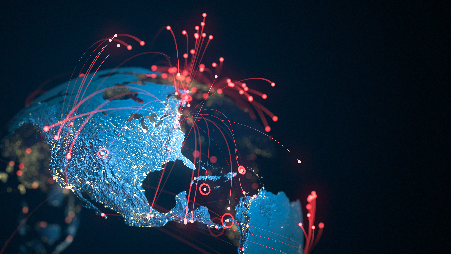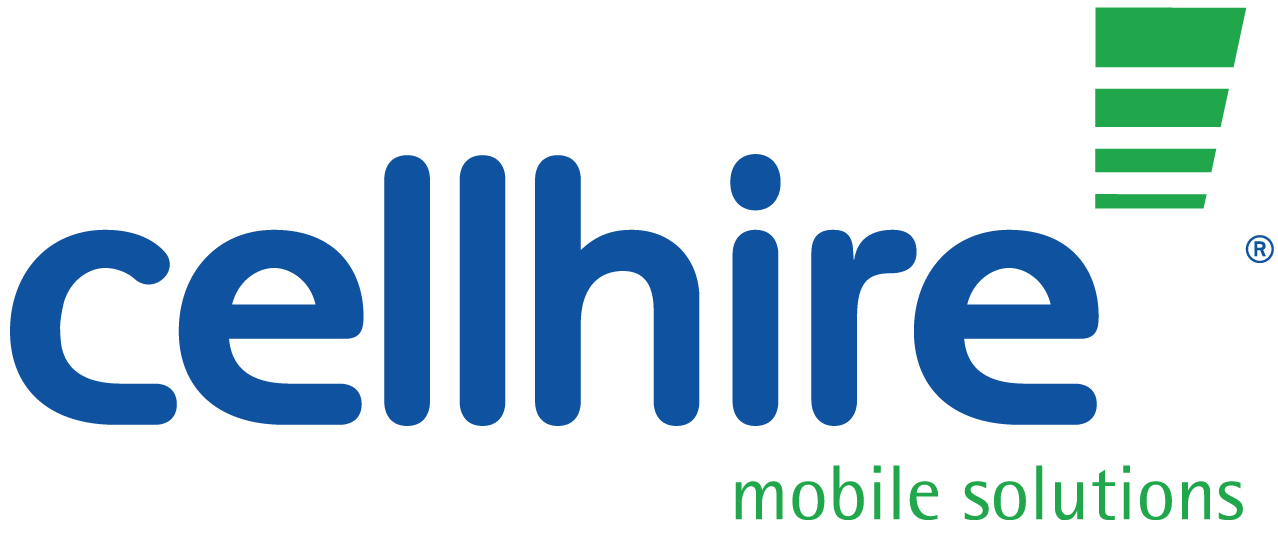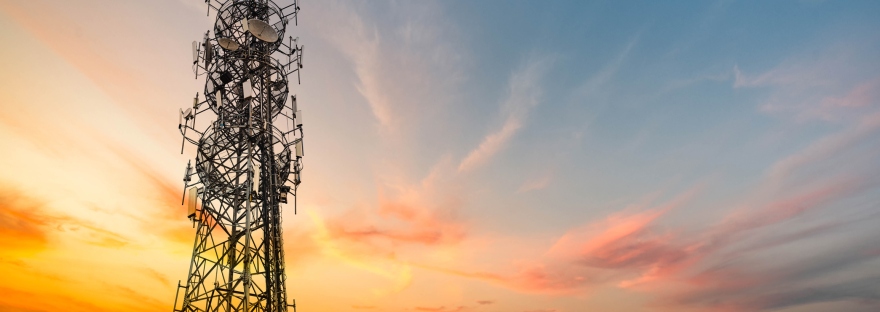In the mobile industry, a sunset is when a Mobile Network Operator (MNO) phases out one of its networks so that all devices or services that still solely rely on that service will no longer be connected. In the case of the 2G & 3G sunsets, this will affect connections relying on 2G/3G for devices & services across the globe. This blog will explore when & why the 2G & 3G sunsets are occurring, how they will affect end users & businesses and how best to prepare for the sunset.
What are the 2G & 3G Sunsets?
This may be the first time you’re hearing of sunsetting, but it is not unusual, it happens to make room for better technology services. 2G & 3G networks are much slower and less efficient and are being shut down to free up more space on the cellular spectrum for MNOs to expand their 4G and 5G capability on a wider basis. The operational complexity of running multiple networks on a spectrum is then reduced and makes room for modern technologies which offer better cost and energy efficiency, enhanced functionality, and an improved customer experience.
When will 2G & 3G sunset?

The 3G sunset does not have one final date, its timeline is scattered across the globe. The variation is down to the individual mobile networks’ intention to stop supporting 3G connections. In the US, most of the largest wireless carriers will shut down their 3G networks by the end of 2022. In Europe, networks such as Vodafone announced they were to stop supporting 3G in 2020 and in the UK, 3G is expected to start shutting down at the beginning of 2023 but is expected to phase out all of its public 3G mobile networks by 2033 to facilitate the mass rollout of 5G.
Some carriers will continue supporting 2G connections for years, others may make an immediate transition to sunset on a specific date, in the US, most of the largest carriers have already shut down their 2G service back in 2020. In Europe, 2G services are expected to last until 2025, but MNO’s will likely start re-farming spectrum before then. However, dates and announcements are constantly changing and so it’s important to be aware of how the sunset may affect you by checking with your MNO provider.
What does this mean for me?
If you’re now beginning to worry about how the 2G & 3G sunsets will affect you, do not panic as most consumer devices, like phones for example, support multiple generations of cellular technology. Even if your device still relies on 2G or 3G from time to time, most likely it will still run as usual after the sunsetting, as 4G and 5G are expected to be more widely available, however it is worth checking that a device that supports 2G/3G fallback has the latest device OS & firmware running. If your home or office has security and alarm systems that use a mobile network, most likely these will still be relying on a 2G/3G connection, fortunately most home security companies have been attempting to migrate customers from 2G/3G to 4G networks, ensuring that their services remain operational. Example technology in the home or business that may also be affected is:

- Medical alert devices (fall detectors, communicators, etc.)
- Fire alarms
- Inventory trackers
- Smartwatches
- E-readers (Kindles etc.)
- GPS trackers
The 2G & 3G sunsets most likely will have the biggest effect on businesses using IoT solutions that rely on 2G/3G networks, like cars with tracking and response systems installed, for example. As many as 40% of Mobile Personal Emergency Response System (mPERS) devices that cover critical medical use cases still rely on 2G/3G networks, which will result in a wave of poor customer service if not switched over to a secure 4G/5G connection.
How do I prepare for the 2G & 3G sunsets?
While most end users and business owners may not need to worry about the 2G & 3G sunsets, it is useful to enquire about your devices to ensure all systems are up to date and support 4G/5G connectivity, as some technology may still rely on 2G/3G networks without you realising. Depending on how old the product is, you may be eligible for a hardware or software upgrade. Despite the 2G & 3G sunsets, low bandwidth solutions are still cost-effective and relevant for businesses and so MNOs are looking at next-generation LTE technologies such as LTE-M and NB-IoT to replace 2G/3G connectivity in these circumstances. Such technologies can help futureproof to avoid obsolescence for the years to come. It’s recommended to start enquiring about your devices now to see what connections might need replacing.
Although the 2G & 3G sunsets are likely to cause complications, it does also bring many benefits for both the end user and businesses. MNOs can transition to more high-capacity and energy-efficient networks, like 5G, so customers can benefit from faster connectivity speeds and lower latency. 5G is also said to be much better suited for machine-to-machine applications as it is designed to handle very large number of devices. The next generation of LTE technologies is said to offer improved battery life and low power consumption as well as overall lower costs. Overall, the 2G & 3G sunsets will make room for improved connectivity that is required today.
Discover how Cellhire can help transition your connectivity away from 2G & 3G. Whether it be updating your cellular service to a newer technology or upgrading your devices to continue operating after the switch off, get in touch with a Cellhire connectivity expert to find out more about Cellhire products and services.
Email: resellers@cellhire.com
Call: +44 (0)1904 610610
Visit: https://www.cellhire.co.uk/partners

